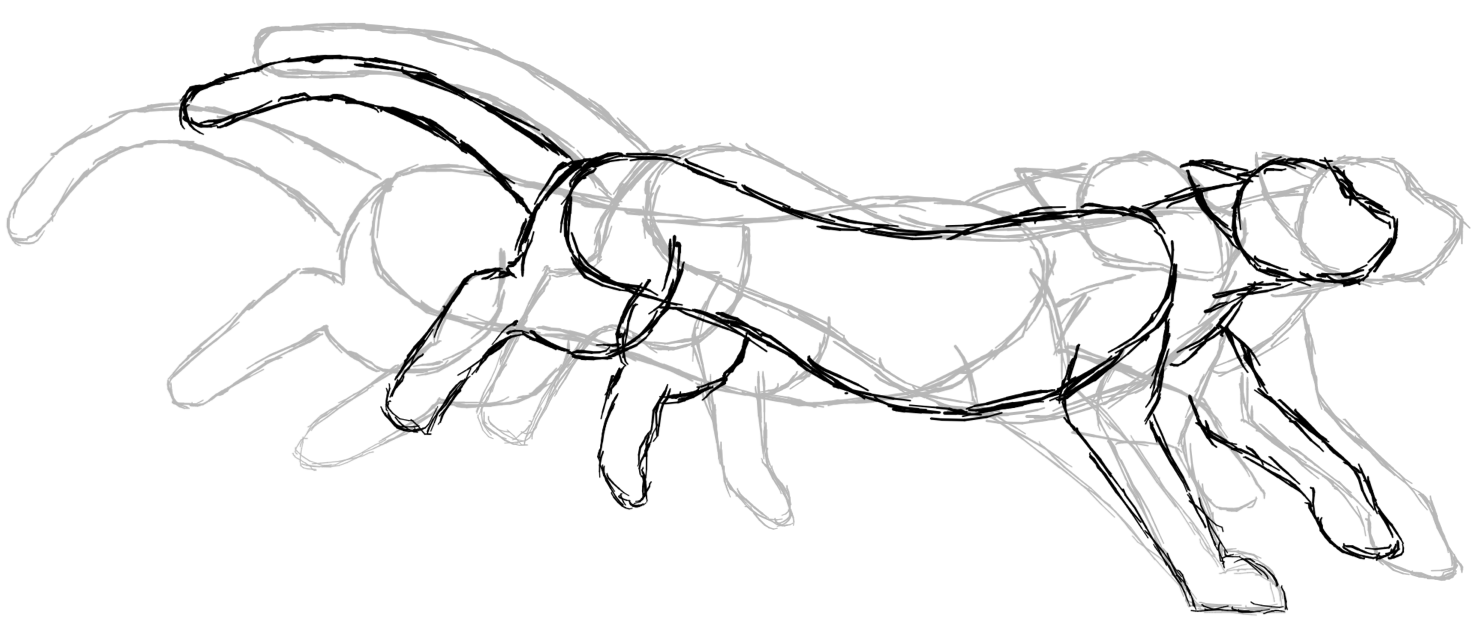Efficient Interpolation of Rough Line Drawings
Published in Computer Graphics Forum, 2023

Figure 1: Our interpolation technique takes as input a series of rough vector key drawings (shown in light gray), and produces intermediate drawings (in black) that preserve the input drawing style(s). It is based on an interactive stroke distribution synthesis algorithm that introduces a minimum amount of temporal artifacts.
Abstract: In traditional 2D animation, sketches drawn at distant keyframes are used to design motion, yet it would be far too labor-intensive to draw all the inbetween frames to fully visualize that motion. We propose a novel efficient interpolation algorithm that generates these intermediate frames in the artist’s drawing style. Starting from a set of registered rough vector drawings, we first generate a large number of candidate strokes during a pre-process, and then, at each intermediate frame, we select the subset of those that appropriately conveys the underlying interpolated motion, interpolates the stroke distributions of the key drawings, and introduces a minimum amount of temporal artifacts. In addition, we propose quantitative error metrics to objectively evaluate different stroke selection strategies. We demonstrate the potential of our method on various animations and drawing styles, and show its superiority over competing raster- and vector-based methods.
Recommended citation: Jiazhou Chen, Xinding Zhu, Melvin Even, Jean Basset, Pierre Bénard*, Pascal Barla. " Efficient Interpolation of Rough Line Drawings." Computer Graphics Forum. 2023.
